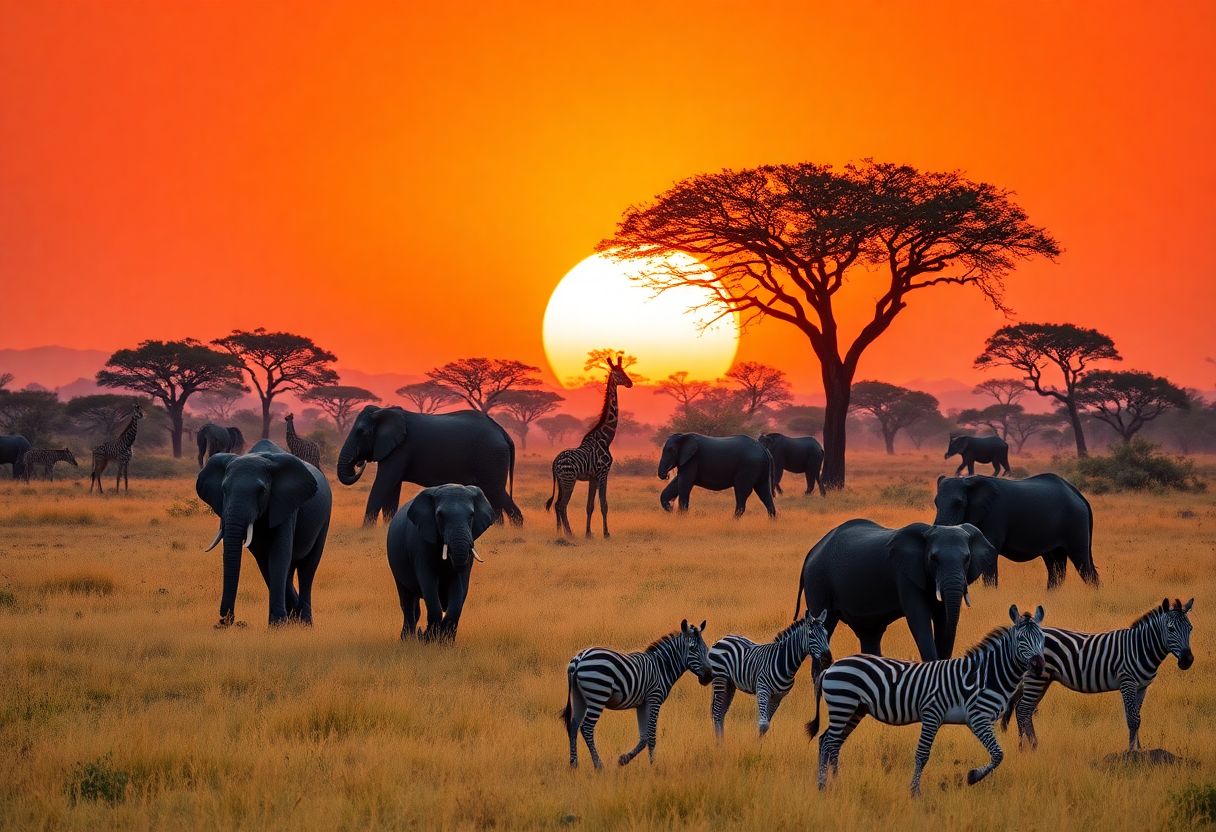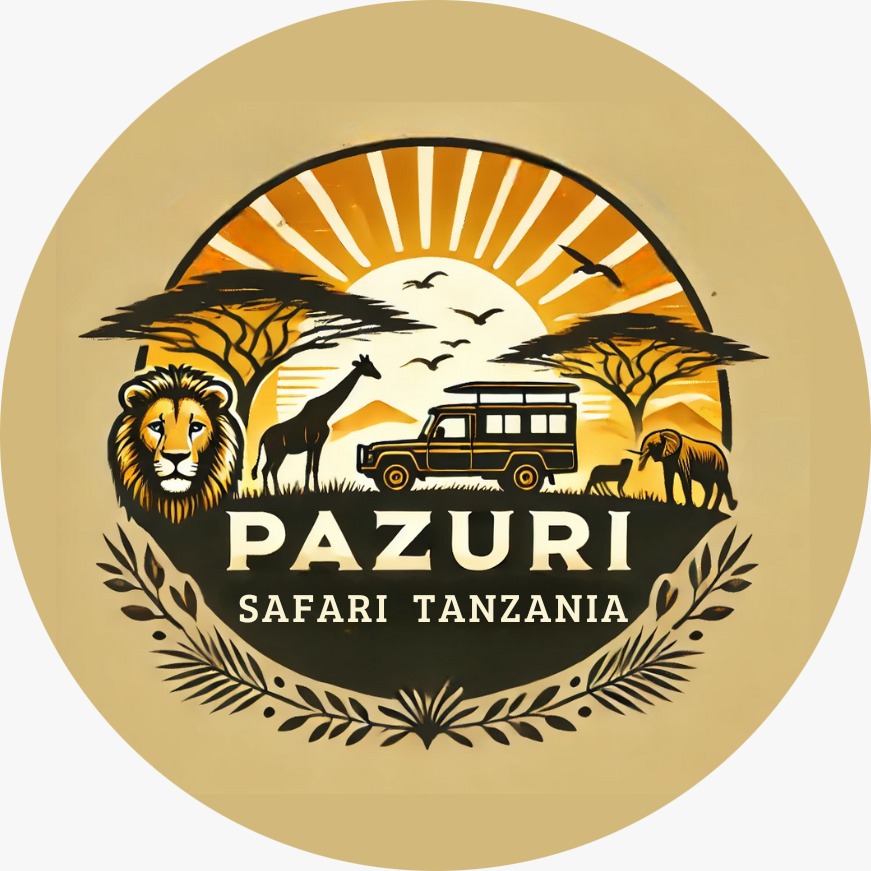Serengeti Through the Seasons: A Wildlife Photography Guide

From the Great Migration to hidden waterholes, discover the best times and places to capture Tanzania's most spectacular wildlife moments throughout the year.
The Serengeti's vast plains tell different stories throughout the year, each season offering unique photographic opportunities that capture the raw beauty and drama of East Africa's most famous ecosystem. Understanding these seasonal patterns is crucial for any photographer seeking to document the full spectrum of wildlife behavior and natural phenomena.
The Dry Season: Drama and Concentration (June-October)
During the dry months, the Serengeti transforms into a photographer's paradise. Wildlife concentrates around permanent water sources, creating incredible opportunities for capturing interactions between different species. The sparse vegetation provides clear sightlines, while the golden grasslands create stunning backdrops for portraits and action shots.
River crossings during this period offer some of the most dramatic wildlife photography opportunities on earth. The Mara River becomes a theater of survival as hundreds of thousands of wildebeest and zebras brave crocodile-infested waters. The key to capturing these moments lies in patience and positioning—arrive early, stay late, and be ready for sudden bursts of action.
The Green Season: New Life and Lush Landscapes (November-May)
The rainy season transforms the Serengeti into an emerald paradise, offering completely different photographic possibilities. This is calving season, when over 400,000 wildebeest calves are born within a few weeks, creating extraordinary opportunities to photograph new life and maternal behaviors.
The lush landscapes during this period provide vibrant backgrounds that contrast beautifully with wildlife subjects. Storm clouds create dramatic skies, while rainbows frequently arch across the plains. Bird photography reaches its peak as migratory species arrive and resident birds display their breeding plumage.
Essential Camera Settings for Serengeti Photography
Wildlife photography in the Serengeti demands technical expertise adapted to challenging conditions. Use telephoto lenses of at least 400mm to maintain safe distances while filling your frame. Set your camera to shutter priority mode with speeds of 1/1000s or faster for action shots, and don't hesitate to push ISO settings to 1600 or higher when necessary.
Continuous autofocus (AI Servo/AF-C) is essential for tracking moving subjects. Set your camera to high-speed continuous shooting mode to capture peak moments in behavioral sequences. Back-button focus provides more control over focus points, especially useful when photographing through vehicle windows or grass.
The Golden Hours: Making Magic with Light
The hour after sunrise and before sunset provides the most flattering light for wildlife photography. During these golden hours, the warm, soft light eliminates harsh shadows and creates a magical atmosphere that transforms ordinary subjects into extraordinary images. Plan your game drives around these times for the best results.
Backlighting during golden hour can create stunning silhouettes and rim lighting effects. Position yourself so the sun illuminates the edges of your subject, creating separation from the background. This technique works particularly well with elephants, giraffes, and antelope species with distinctive profiles.
Composition Techniques for Impact
Apply the rule of thirds by placing your subject's eyes along the intersection points of imaginary grid lines. For group shots, create visual triangles with your subjects to add dynamic tension. Fill the frame with your subject for intimate portraits, but also capture environmental shots showing animals in their habitat context.
Look for leading lines created by rivers, game trails, or the horizon to guide viewers' eyes through your composition. Use foreground elements like grass or rocks to add depth and dimension to your images. Negative space can be just as powerful as your main subject, especially in landscape-style wildlife shots.
Behavioral Photography: Telling Stories
The most compelling wildlife photographs tell stories about animal behavior and interactions. Observe your subjects carefully before raising your camera. Watch for signs of impending action: a lioness scanning the horizon before a hunt, elephants gathering at a watering hole, or birds engaged in courtship displays.
Sequence photography can document complete behavioral events. Set your camera to high-speed burst mode and follow the action from beginning to end. Even if individual frames aren't perfect, the sequence tells a complete story that single images cannot convey.
Equipment Essentials for Serengeti Photography
Beyond your camera and lenses, bring extra batteries and memory cards—the African sun drains batteries quickly, and you'll shoot thousands of images. A sturdy tripod or monopod helps with stability during long shooting sessions. Bean bags provide camera support in safari vehicles and are essential for sharp images.
Dust protection is crucial in the Serengeti. Use UV filters on all lenses and keep equipment covered when not in use. Bring lens cleaning supplies and use them frequently. A portable hard drive allows you to back up images daily, protecting your work from equipment failure or theft.
Ethical Considerations
Responsible wildlife photography prioritizes animal welfare over getting the shot. Never ask guides to position vehicles too close to animals or to chase wildlife for better angles. Respect park rules and maintain appropriate distances. Use longer lenses instead of getting closer, and never use flash photography with wildlife.
The Serengeti rewards patient, prepared photographers with images that capture the essence of wild Africa. By understanding seasonal patterns, mastering technical skills, and respecting wildlife, you'll return with photographs that tell the complete story of this magnificent ecosystem.
